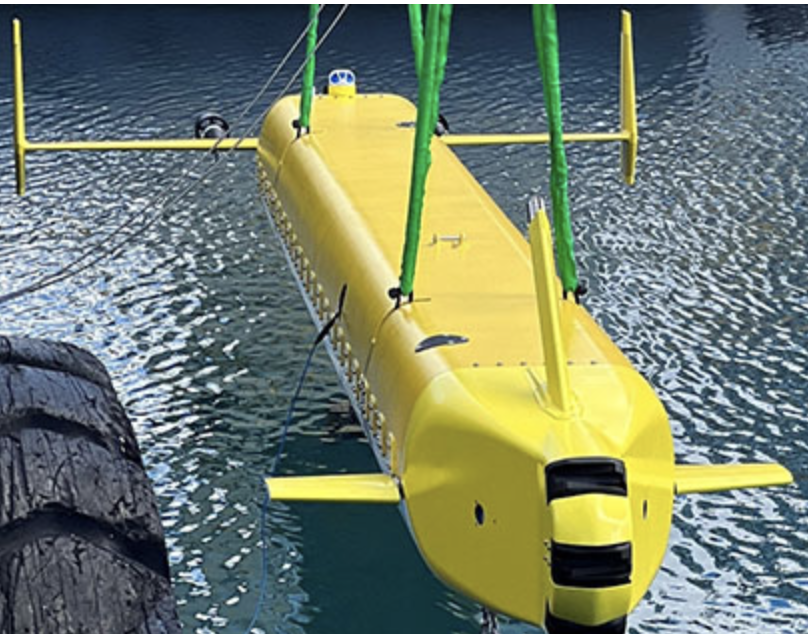(:notitlegroup:)
@inproceedings{ferri2016,
title = {A Data-Driven Control Strategy in Synergy With Continuous Active Sonar for
Littoral Underwater Surveillance},
booktitle = {OCEANS 2016 MTS/IEEE Monterey},
author = {Gabriele Ferri and Andrea Munafò and Joao Alves and Kevin LePage},
pages = {1-7},
month = {September},
year = {2016},
keywords = {autonomous underwater vehicles;mobile robots;sonar;telerobotics;video
surveillance;CAS;CAS signal processing;MML;continuous active sonar;data driven
control strategy;data driven mission management layer;littoral surveillance
mission;littoral underwater surveillance;nonmyopic control algorithm;on-board
AUV;prediction time window;target position estimation error;Signal
processing;Signal processing algorithms;Sonar;Surveillance;Target
tracking;Transducers;Vehicles},
abstract = {In this work, we describe a data-driven Mission Management Layer (MML) running
on-board AUVs which manages the phases of a littoral surveillance mission and
exploits the characteristics of Continuous Active Sonar (CAS) signal
processing. The MML selects for further investigation the tracks which are
likely originated by a target. In this case, the MML launches a receding
horizon, non-myopic control algorithm which controls the AUV's heading to
improve the tracking performance to ease the target classification. The
algorithm minimises the expected target position estimation error over a
prediction time window by achieving a trade-off amongst different objectives:
keeping the target at broadside, reducing the distance to the target, avoiding
areas of high reverberation and searching for geometric configurations with
low bistatic target localisation error. We report at-sea experiments obtained
during the LCAS15 sea trial, which demonstrated, for the first time, that the
proposed autonomy architecture can be executed together with real-time
Continuous Active Sonar (CAS) processing on-board the AUVs. CAS has recently
gained interest for littoral Anti-Submarine Warfare, since it offers the
promise of multiple detections per waveform cycle. This can potentially
improve the quality/length of tracks, thus increasing the adaptive behaviour's
performance, which, in turn, can increase the detection and tracking
capabilities of the processing chain.}}
